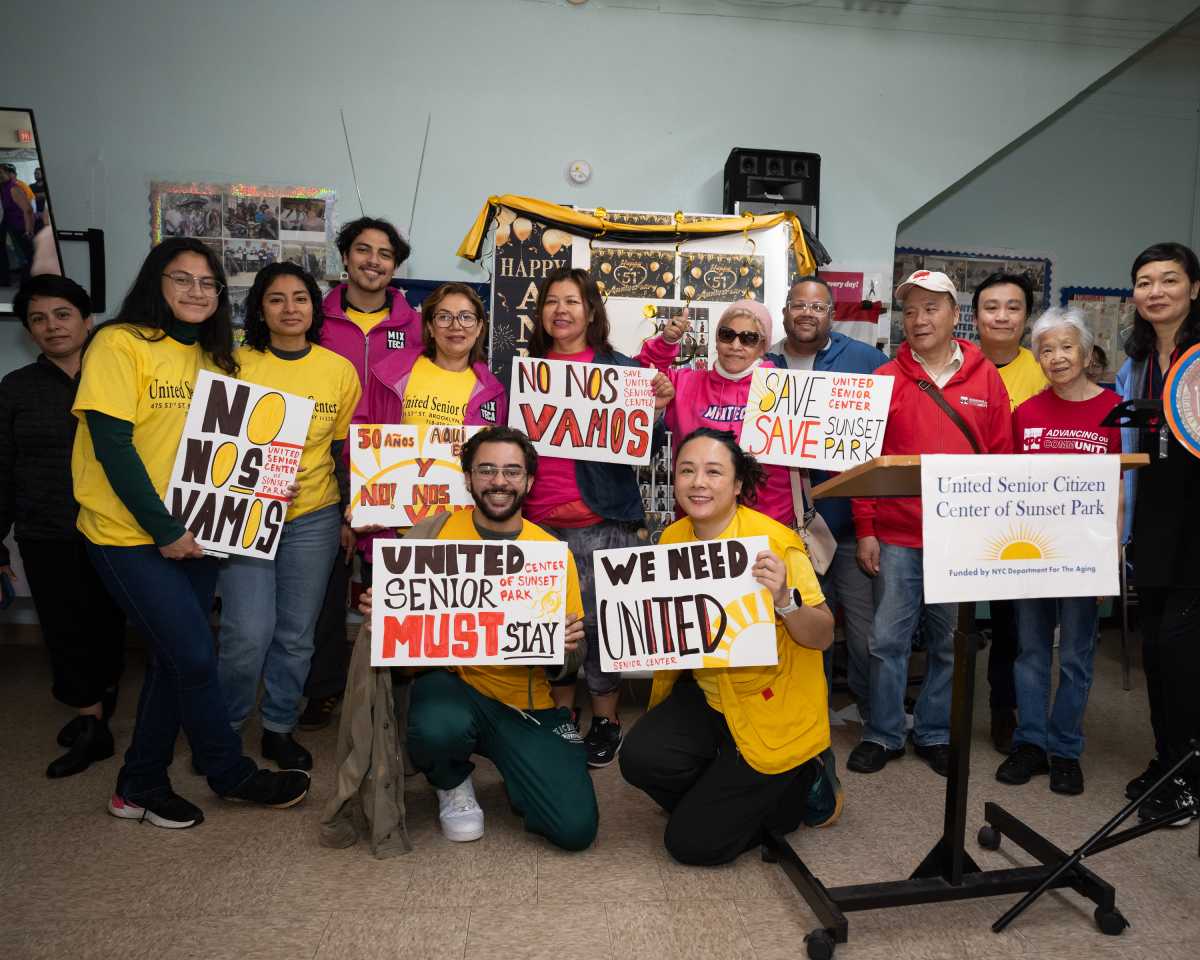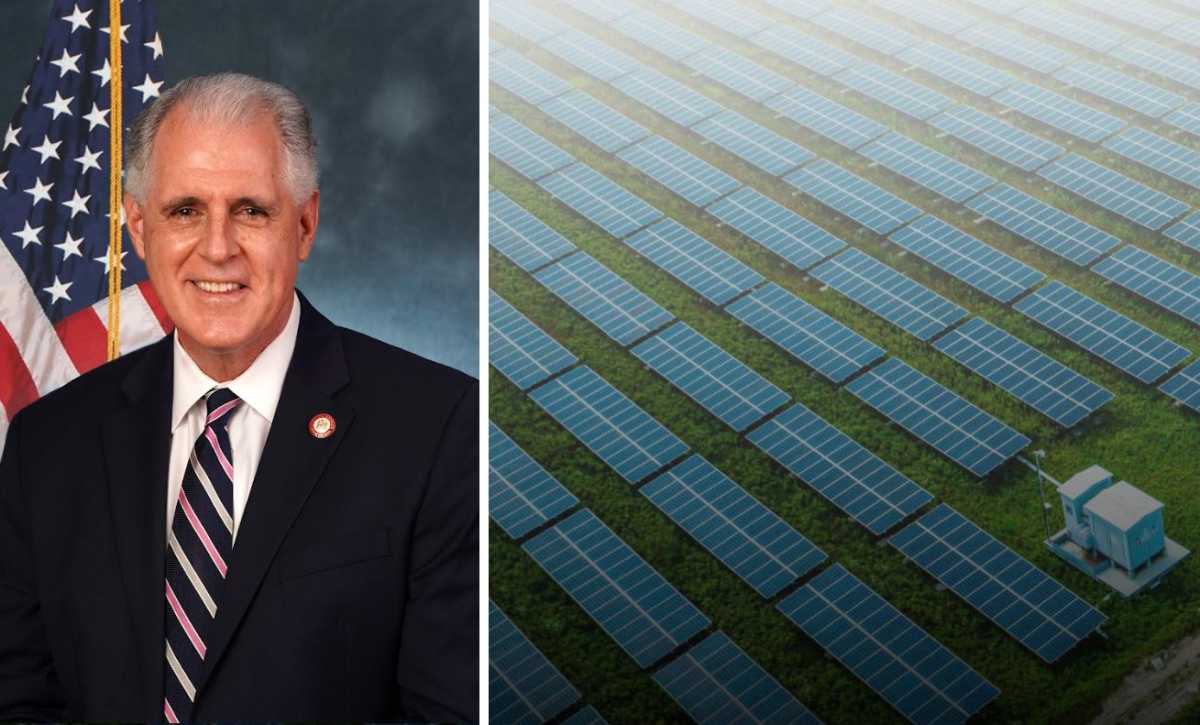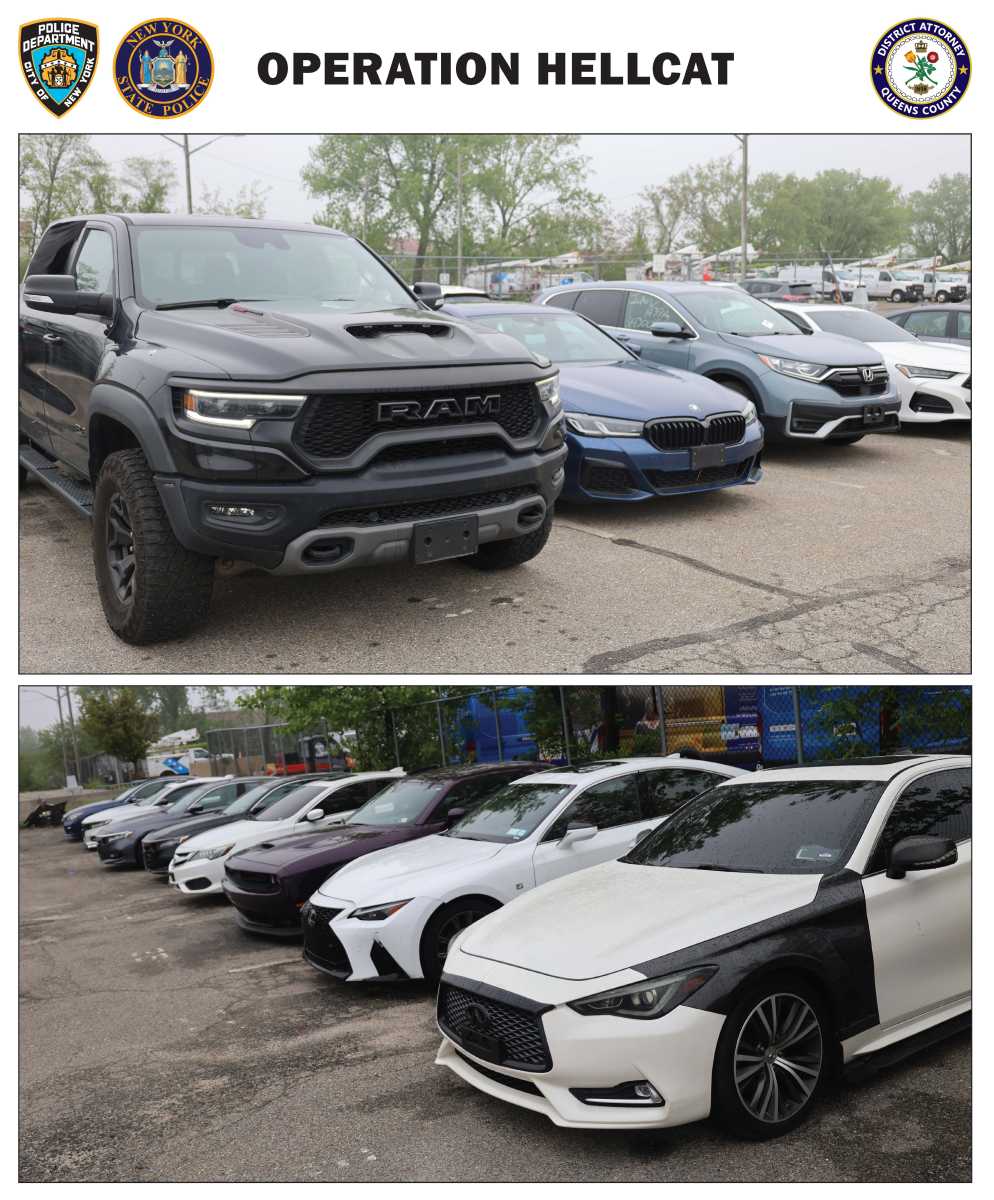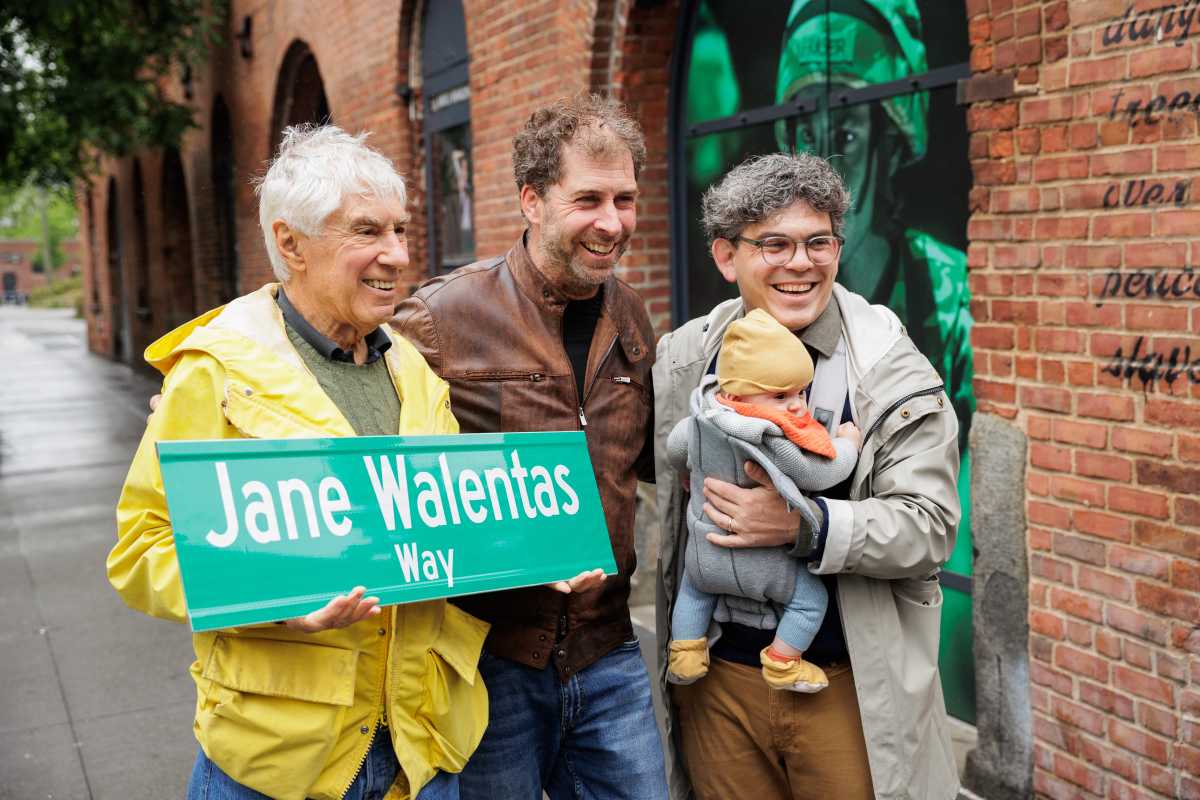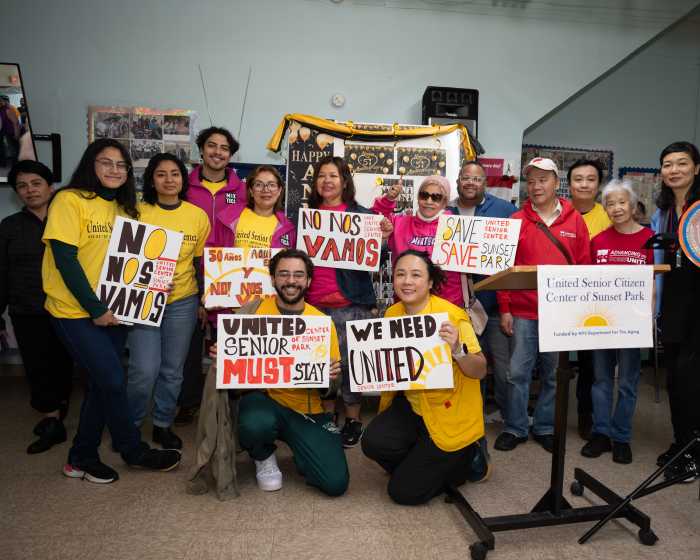
BY SAM SPOKONY | As many city activists and officials continue to call for the construction of storm barriers or new seawalls in the wake of Hurricane Sandy’s devastation, urban planning experts gathered at The Cooper Union last week to discuss ideas for community and infrastructure-based solutions to the problems that the city’s coastal areas must now confront.
The January 10 panel discussion, which drew a full-house audience to the Great Hall of Cooper’s Foundation Building, was jointly organized by the Two Bridges Neighborhood Council, the Cooper Union Institute for Sustainable Design and the Architectural League of New York. The forum’s title, “The Future of Zone A: New York Neighborhoods on the Frontline of Climate Change,” referred to the primary flood zones identified by the Mayor’s Office that were under mandatory evacuation orders before Hurricane Sandy.
Kerri Culhane, Two Bridges associate director, has been calling for the installation of green infrastructure within her organization’s neighborhood — specifically, design elements that would help absorb and lessen the destructive impact of storm waters — since long before Sandy struck, arguing that climate change must force the city to re-evaluate its approach to waterfront planning. The Two Bridges district covers the area between the Brooklyn and Manhattan bridges, including the waterfront.
In a brief introductory speech at the Cooper Union event, Culhane said that the large audience was a “testament to the timeliness of this issue.” She began the discussion by posing a basic question to the panelists: Is it really feasible to develop and implement ecological designs to mitigate climate change?
And while their collective answer was generally in the affirmative, the panelists also argued that science-based approaches to new waterfront design must be accompanied by the creation of more effective partnerships between city officials, urban planners and community members, as well as more basic, institutional changes to how the city and developers approach building on the waterfront.
“We generally think that inaction to crises happens because people don’t understand the problem, but greater scientific knowledge has actually led to more polarization, by turning climate change into a political problem,” said Alexander Felson, an assistant professor at Yale University’s schools of Forestry and Environmental Studies and Architecture. “So we don’t just need more research [to plan for future disasters]; we need more interdisciplinary communication between scientists and people like landscape architects who can see how the research will inform their designs within specific neighborhoods.”
Tom Angotti, a professor of urban affairs and planning at Hunter College, elaborated on that argument by focusing on problems faced during the hurricane by the city’s public housing developments — 26 of which are located in Zone A — and criticized the city for not building strong relationships with those communities in order to understand their needs and potential for disaster.
“Public housing is on the way to being privatized, since Congress just isn’t providing enough funding for [the New York City Housing Authority], and the aftermath of the storm could be just another argument for converting those developments into condos,” Angotti said. “NYCHA buildings can’t be saved from future disasters simply through technological fixes: The system needs to be fundamentally reorganized.”
To that end, he continued by arguing that the city’s immediate response to some storm-affected areas was lackluster not due to lack of skills, but because “communities and neighborhoods have never been part of the planning process for the city. No relationships have been built between managers in City Hall and community leaders, especially in NYCHA developments. But that’s the kind of thinking that needs to be at the center of long-term planning.”
Later in the discussion, Angotti also identified another “political problem,” that being the city’s apparent focus on commercially based mega-development projects over community planning.
“I bet that if the city spent as much money on the Rockaways as it’s spending to build Hudson Yards, we wouldn’t have a problem finding a solution to these issues,” he said, prompting applause from the audience.
In terms of the tangible design responses, Susannah Drake, a founding principal of the dlandstudio and senior associate of the Cooper Union Institute for Sustainable Design, discussed ideas for more water-permeable streetscapes within Lower Manhattan.
Drake said that she’s currently working on a project, sponsored by the Museum of Modern Art, that would create wetlands around coastal areas. She explained that such adjustments could help prevent flooding by complementing potential plans for green infrastructure and new gardens, in order to allow flood waters to flow in and out of Zone A streets without causing destruction. In addition, Drake explained that the city might have to re-evaluate its own restrictions on infrastructure planning in order to facilitate those types of designs.
“We need an overall strategy for managing storm water, and maybe that will have to includes changes to jurisdiction and regulations currently in place for the Department of Transportation and the Department of Environmental Planning,” she said.
Those current restrictions were also highlighted by Claire Weisz, a principal at WXY Architecture and Urban Design, who pointed out the inherent difficulty of trying to incorporate more natural flood barriers and wetlands into the city’s already crowded environment.
“There’s a tension between doing these natural edges and ceding space, because you can’t go out in the water due to current regulations,” she said. “There’s an urge to use every inch space [for development], but that’s not always a good thing now, considering the impact of climate change.”



